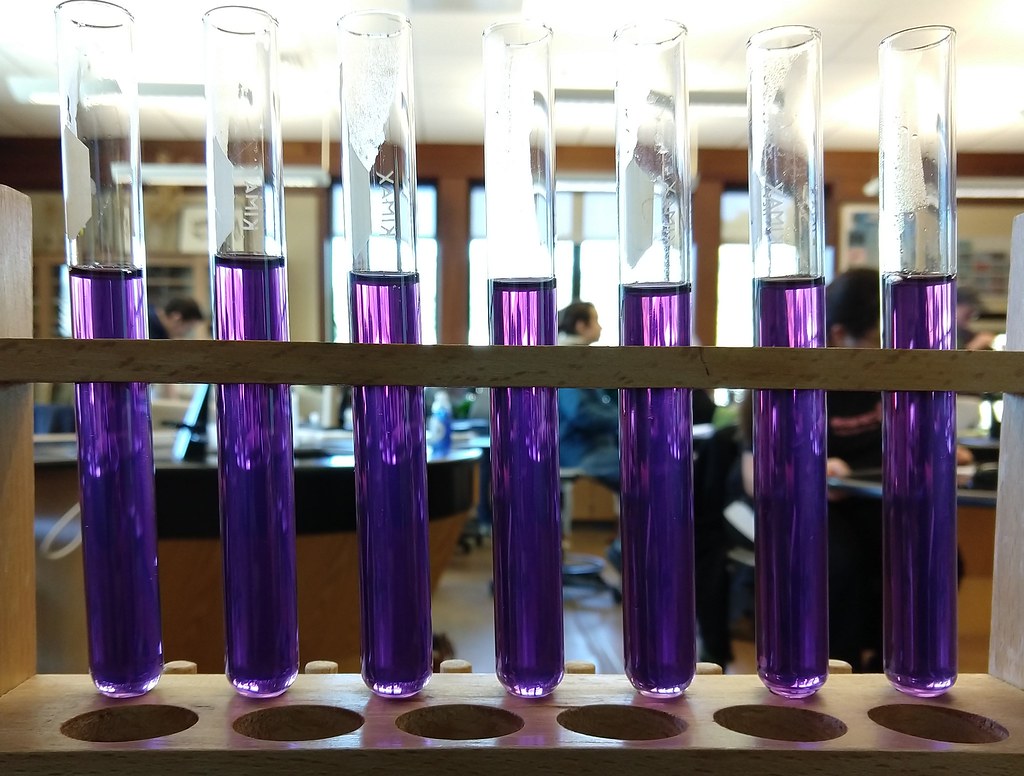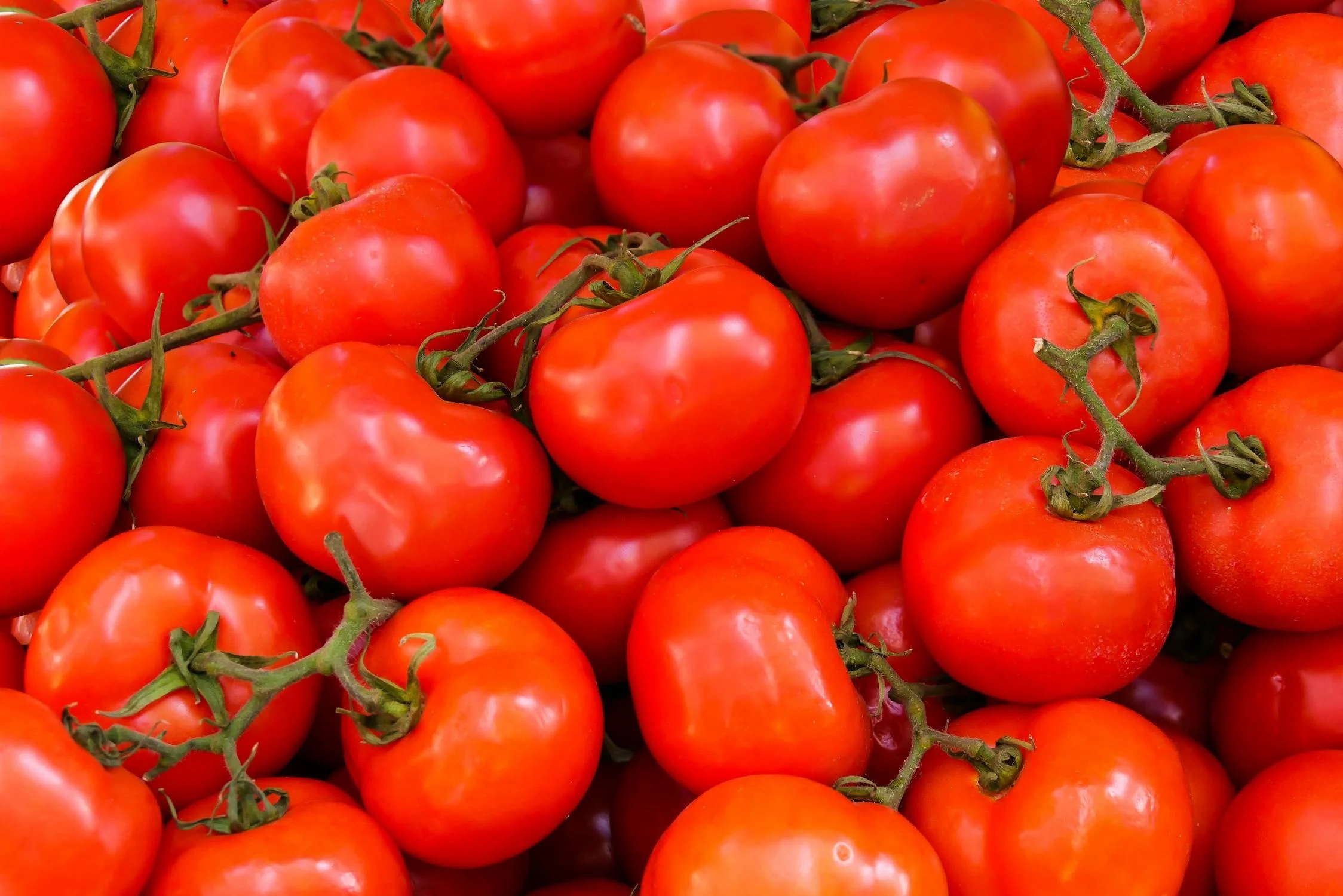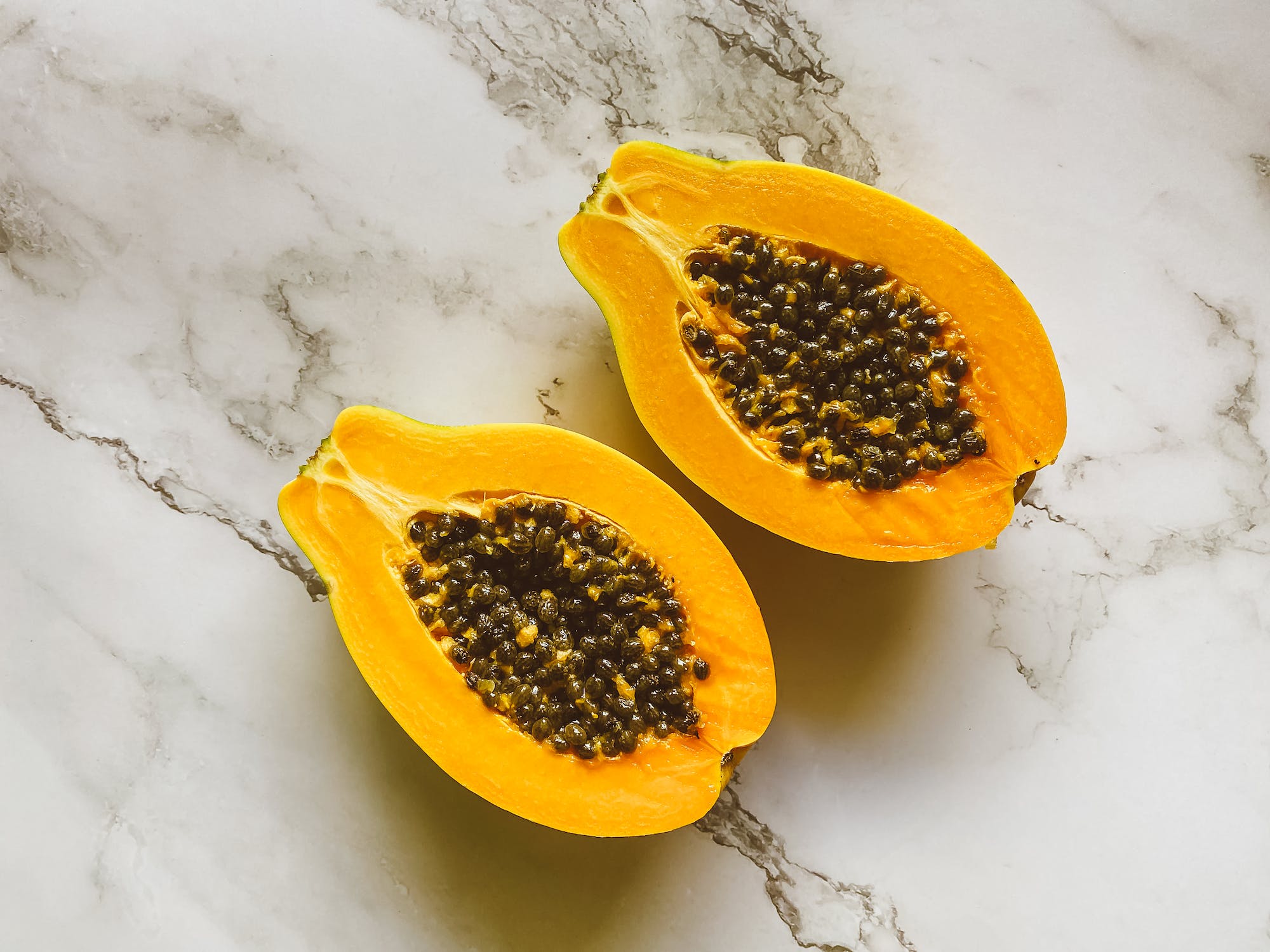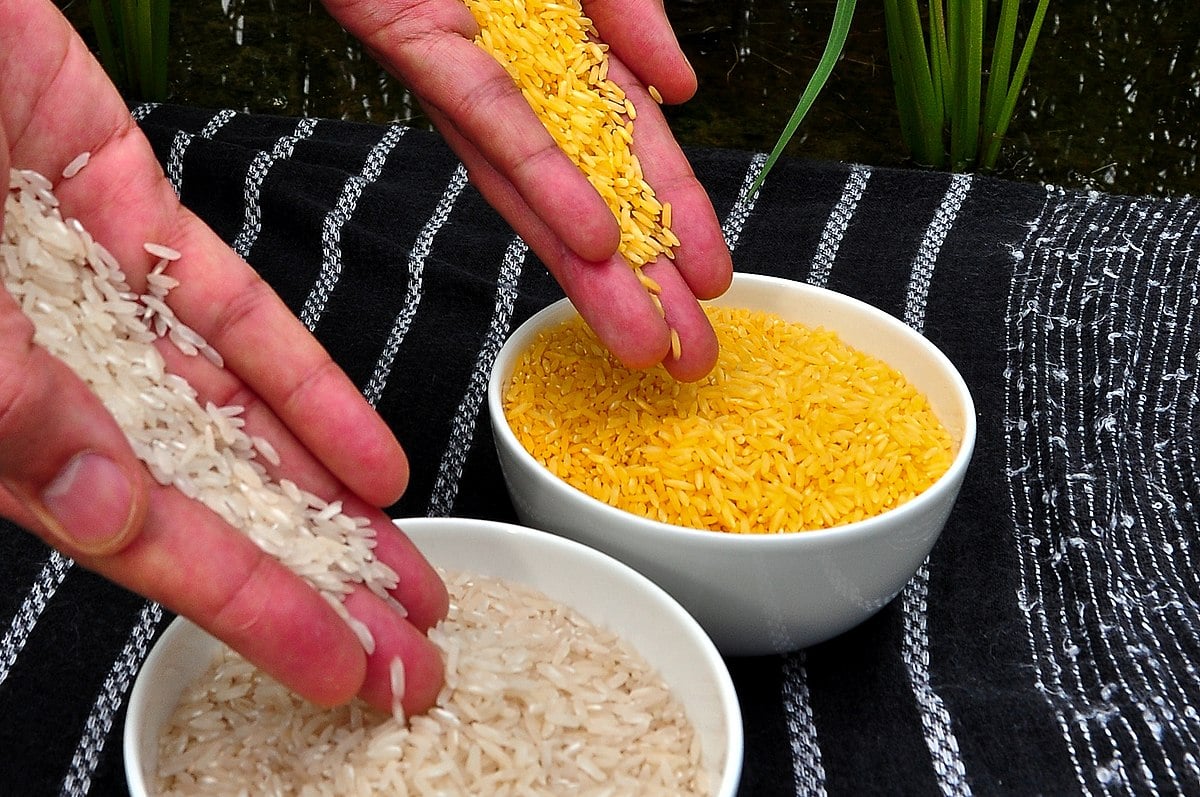Spring is just around the corner, and home gardeners are gearing up to plant their gardens. This means sorting through seed catalogs and picking out their favorite superfoods and heirlooms. Growers will see something new this year: the Purple Tomato.
Home gardeners can now get their hands on the first ever genetically modified superfood crop. What is this heirloom and how can it help your health? Let’s get into it.
What Makes These Tomatoes Purple?

The grape-colored tomato looks otherworldly. However, its creators at Norfolk Plant Sciences have a good reason behind the tomato’s color. After working for about 20 years hacking color genes from a snapdragon flower into the plant, the genes provided the stunning pigment.
Red, purple, and blue fruits and vegetables boast high levels of anthocyanin, a health-promoting natural pigment.
Purple Tomatoes Have a High Level of Antioxidants

Biochemist Cathie Martin, the scientist behind the purple tomato, set out to create a transgenic tomato using DNA from a purple snapdragon, an edible flower. Martin is a biochemist who trained at the University of Cambridge.
According to NPR, the goal behind developing a tomato is to have high levels of healthy antioxidants in the fruit rather than in the stems and leaves.
What Makes Anthocyanins a Key Component of Superfoods?

Anthocyanins have been shown to have anti-cancer and anti-inflammatory effects. They are antioxidants that help neutralize unstable molecules in the body that damage healthy cells. The unstable molecules are also linked with aging and disease.
Berries, grapes, plums, eggplants, red cabbage, and even autumn leaves blaze with vibrant colors thanks to the magic of anthocyanin. This natural pigment works its wonders, painting the world in shades of red, purple, and blue.
The Beauty of Bacteria

Martin started her process of creating the purple tomato with a basic technique scientists discovered in the 1980s. Bacteria can naturally insert their DNA into a host organism, and the host can take in the genetic material and express this new gene.
“It really is a great example of understanding how the natural world functions and building on that to meet our needs,” Nathan Pumplin, CEO of Norfolk Healthy Produce, a subsidiary of Norfolk Plant Sciences, tells NPR.
Americans Love Tomatoes, So Why Not Make Them Healthier

The purple tomato has as much anthocyanin as a blueberry or eggplant, according to Pumplin. For many Americans, who eat an average of 31.4 pounds of tomatoes a year (via the U.S. Department of Agriculture), the nutritional benefits are more accessible.
According to Nature, Martin found that mice who ate the purple tomatoes lived 30 percent longer than mice who did not.
We Are Already Eating Genetically Modified Tomatoes

Genetically modified tomatoes are nothing new. The modern domesticated tomato comes from an 80,000-year-old species from Ecuador. There are about 10,000 varieties of Solanum lycopersicum, which can vary in a wide range of colors.
Domesticated tomatoes have anthocyanins only in the stems and leaves, which makes the fruit less not as nutritious as many want it to be.
You Can Grow the Tomatoes Yourself

“There was a real push of trying to achieve food security for a lot of populaces in developing countries and usually that involved making these staple crops that grew better, such as rice and corn and wheat and things like this,” says Kathleen Hefferon, a microbiologist at Cornell University, to NPR.
A handful of small farmers took a revolutionary step last year, becoming the first the first genetically modified food crop to be made directly available to consumers. This bold move marked a turning point in the journey of GM foods, opening the door for wider public access and potential dietary advancements.
Purple Tomatoes Are a “Stroke of Genius”

The purple tomato’s creators hope its release to gardeners could change the conversation. Lynas called Norfolk’s marketing to consumers a “stroke of genius” that could demystify the technology.
“Stop just doing the GMO stuff with these big corporate, commodity cash crops and do something ordinary people can have in their hands,” Mark Lynas, author of Seeds of Science: Why We Got It So Wrong On GMOs, says to NPR. “You’ll see, actually it’s just a seed which is going to produce a purple fruit, which is probably healthier for you.”
More Genetically Modified Fruit

Genetically modified fruits after not the first fruits designed to help combat harmful diseases. Scientists in Hawaii wielded a transgenic papaya like a weapon against a devastating virus, their creation credited with single-handedly rescuing the island’s papaya industry from the brink of collapse. These engineered crops stood tall amidst the withering fields, becoming the heroes of papaya production.
Papaya fruits are a rich source of potassium, magnesium, and vitamins A and C, propelling a steady increase in their global production.
Golden Rice Has Something Not Found in Most Rice

Scientists develop Golden Rice, a unique rice variety infused with beta-carotene, a precursor to vitamin A that the body readily converts. Unlike traditional rice, where beta-carotene resides only in the plant, genetic engineering enables this crucial nutrient to be present directly within the grain itself.
The compound of the grain gives the rice a yellow-orange or golden color and is a sign of improved nutritive value.
Why Is Your Pineapple Pink?

In 2020, California-based food company Fresh Del Monte created a pink pineapple. While the pineapple looks normal on the outside, the rosy-colored inside might come as a surprise. But don’t be alarmed! There is a reason for this odd color.
The high level of lycopene, an antioxidant that gives peaches, tomatoes, and watermelon their rosy hues, is responsible for this colorful pineapple.








































